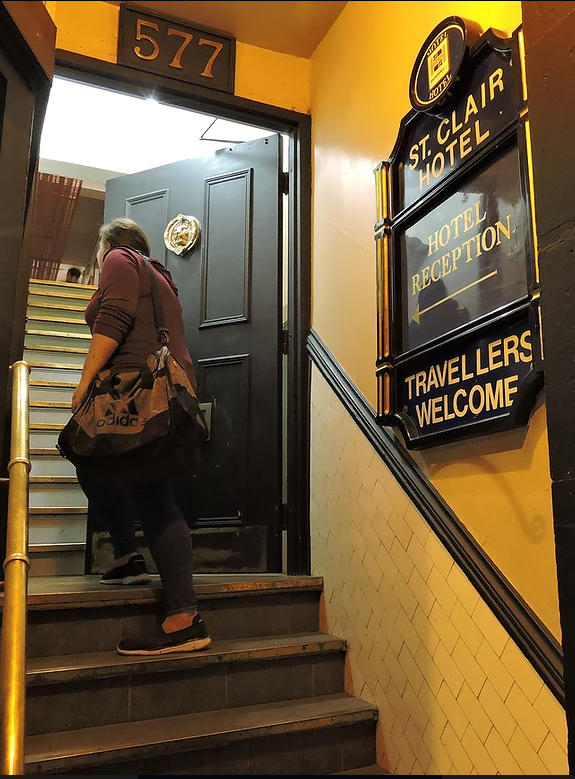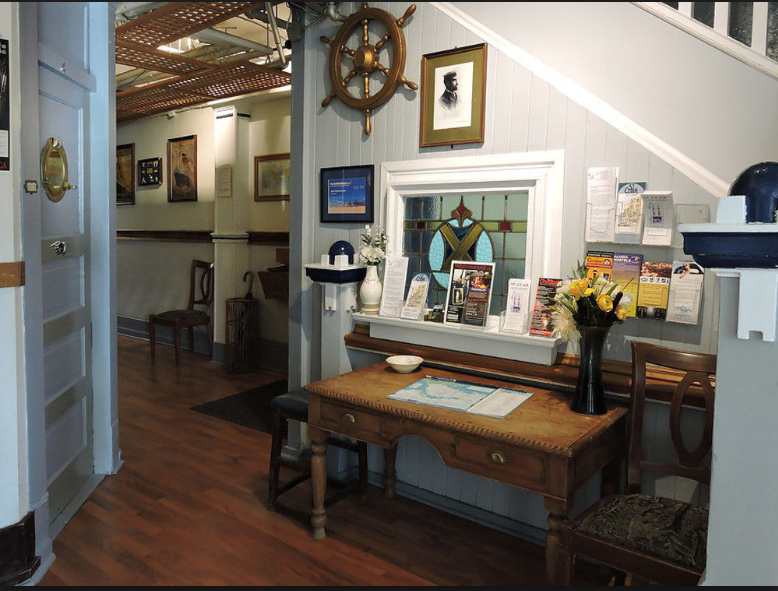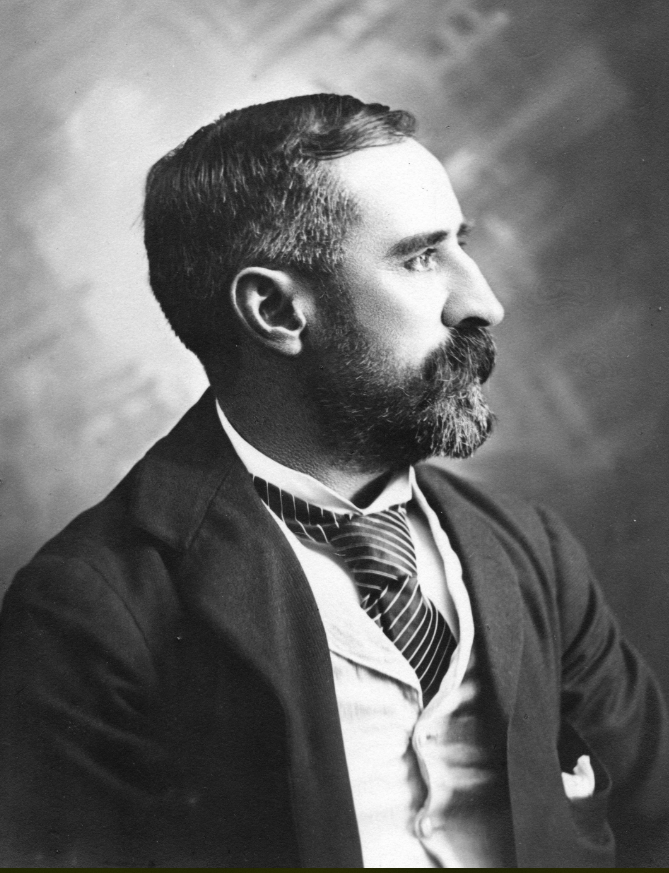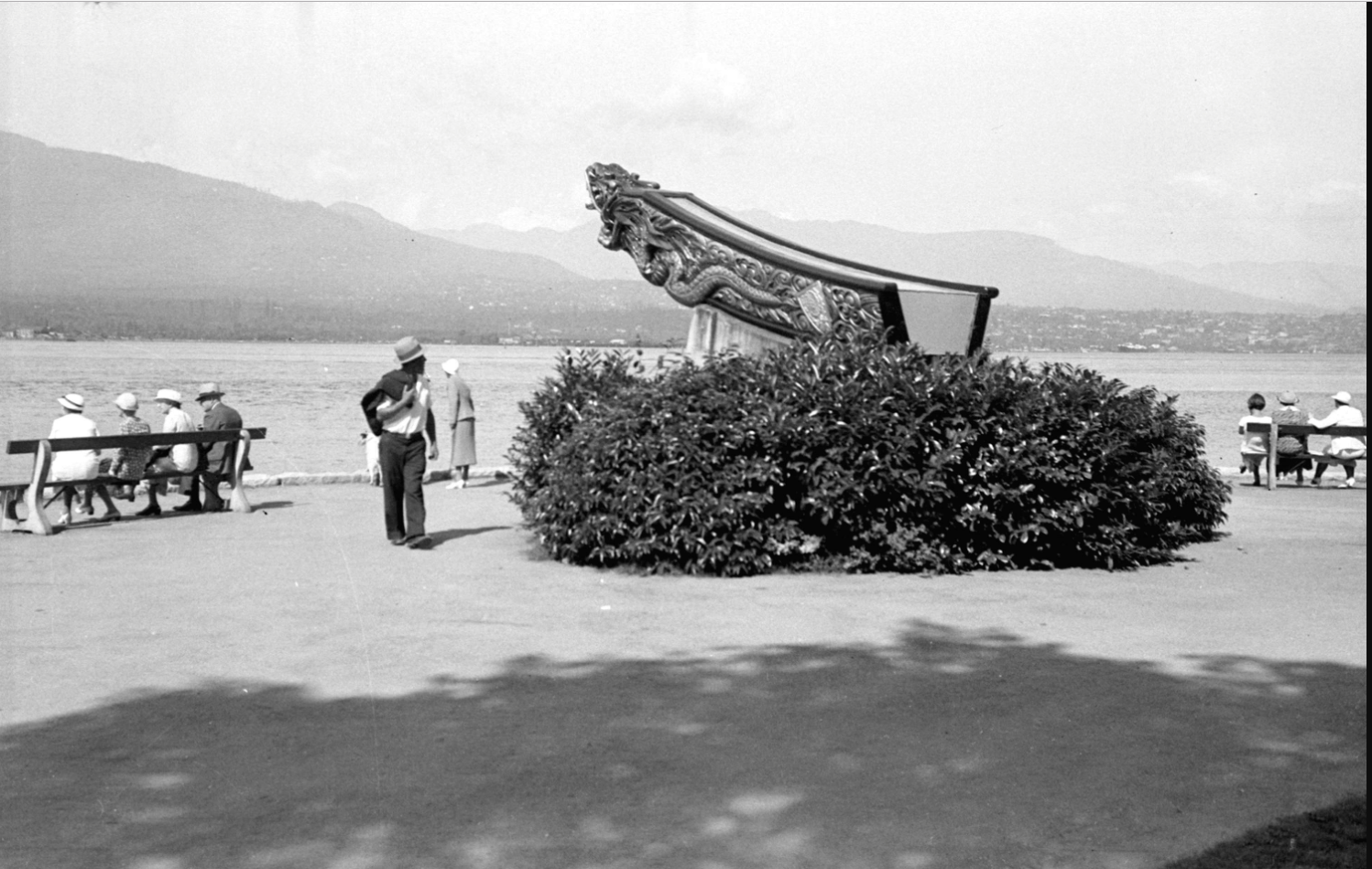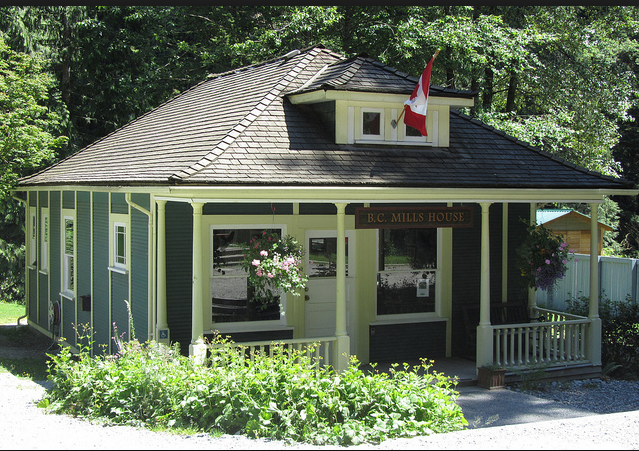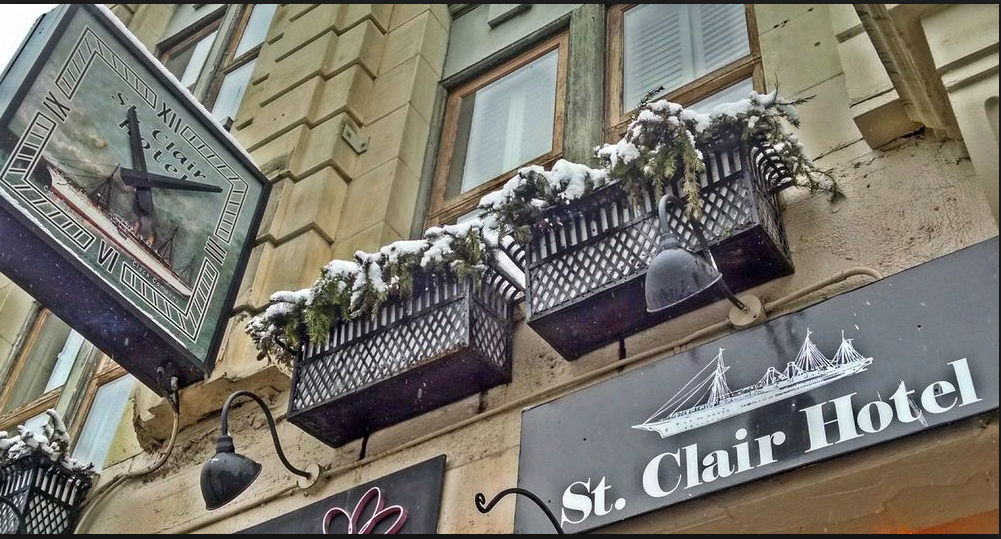Seventy years ago this week, two tiny skeletons were found in Stanley Park and quickly became known as the Babes in the Woods. Last February, they were identified through genetic genealogy as Derek and David D’Alton aged 7 and 6 when they were murdered in 1947.
This is an excerpt from my new book Cold Case BC: The Stories Behind the Province’s Most Intriguing Murder and Missing Person Cases
By the second week of February 2022, I was able to confirm with two different sources that the VPD had the names of the Babes in the Woods. This was huge, but it was all I had—the police weren’t releasing any more information at that point. Then a young lady named Ally contacted me and said that a Vancouver Police detective had been to see her mother, Cindy. The detective had given Cindy the devastating news that her uncles, Derek and David D’Alton, were murdered probably in 1947 and that they were the infamous Babes in the Woods.
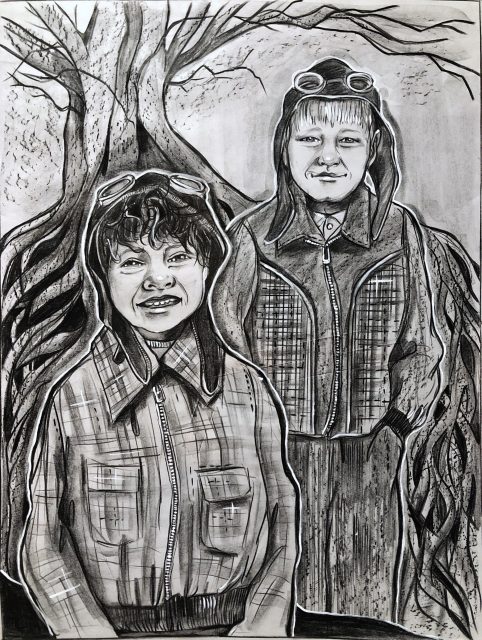
Babes in the Woods:
Neither Ally nor her mother had heard the story of the Babes in the Woods. When Ally went online to do some research, she came across my podcast. Ally sent me photos that she’d scanned from the family album. It was incredible to put faces to these two little boys. There was a school photo from Henry Hudson Elementary in Kitsilano taken around 1946 or 1947 showing Derek, the older brother, a smiling little blond boy. There were a few photos of David, who had dark hair and features, with his older sister, Diane, and there were some with David and his mother, Eileen, and her twin sister, Doreen. There are houses in the background, one of them probably being the address the family lived at in Kitsilano during that period. Over that weekend, I worked with Ally to put together a story for my blog Every Place Has a Story.
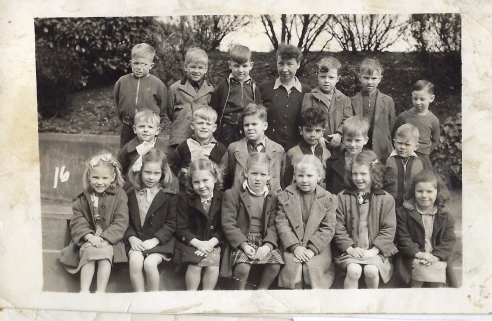
Missing:
Ally’s mother, Cindy, was in her early twenties when she first heard that she had two missing uncles. It was back in the early 1980s, and she was looking at photos in the family album of her mother with two boys—probably the same photos Ally had sent to me. Cindy asked her mother, Diane, what had happened to her brothers, but she refused to talk about it. she would just cry.
Eventually Cindy was told that the family had been very poor, and Derek and David had been taken away by child protection services because their mother couldn’t provide for them. Diane had remained with her mother. Later, she told Cindy stories of having to jump out of the windows of places where they were living when the landlord came looking for his rent.
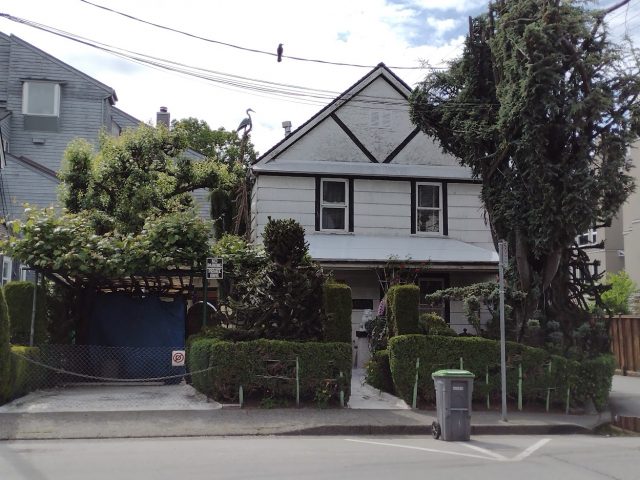
Genetic Genealogy:
Shortly before Diane died in 2020, Cindy wanted to find out more about her ancestry, so she took a swab from her mother and sent it off to MyHeritage. She discovered that Eileen’s father was Métis. Cindy’s daughter, Ally, then decided to search for her great-uncles, hoping to find them still alive or, if not, their children or grandchildren. She sent her own DNA to 23andMe.
When detectives paid Cindy a visit earlier this year, they told her that they couldn’t find any records to indicate that the boys were taken into the custody of child protection services, as she had been told. They said they would keep looking.
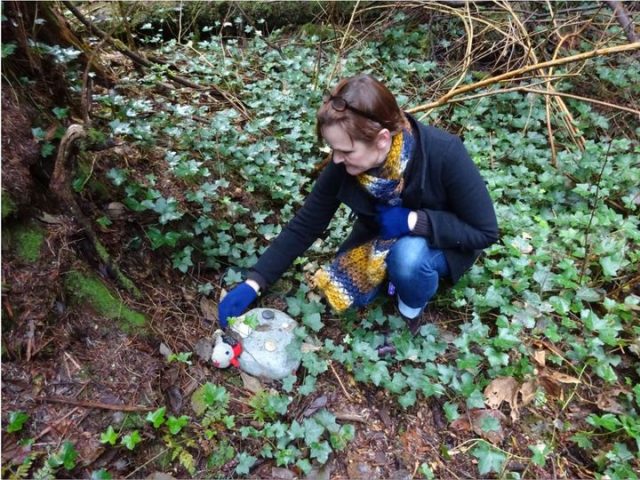
Police have always believed that the boys were killed by their mother, who covered them up with her coat. The problem that I have with this is that there were other family members who would have known the boys, or at least have been aware of their existence and of Eileen’s precarious financial situation. Why didn’t they help? And what about the fathers? Eileen’s children had at least two, possibly three fathers, who at the time of writing still hadn’t been identified. When asked at a media conference this February if the mother was still the prime suspect, Inspector Dale Weidman said, “I think we have to make that assumption, yes. She would definitely be a person of interest if this case had occurred today. Naturally we would be looking at the mother. Yes.”
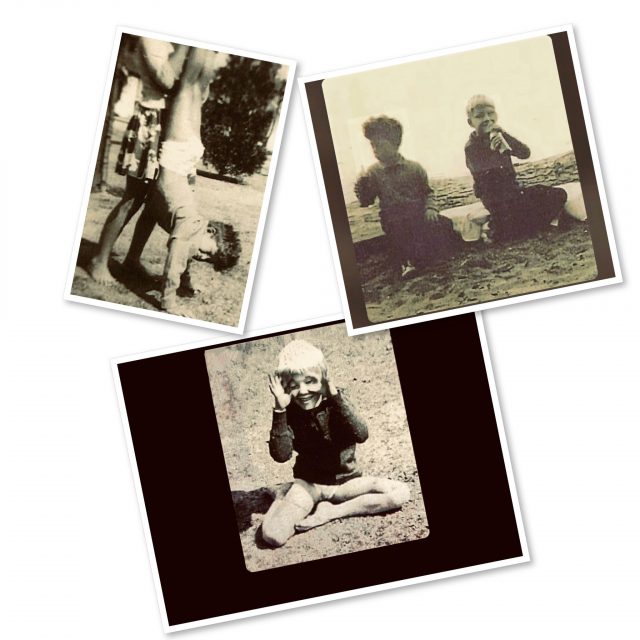
But Cindy doesn’t believe that for a second. She says her grandmother, Eileen, was a lovely, gentle woman who babysat the kids, loved animals, and often seemed sad.
Eileen died in 1996 at age 78.
Related:
- The Babes in the Woods have their Names Back
- The Babes in the Woods Part 1 – Season 1, Cold Case Canada
- The Babes in the Woods Part 2 – Season 1, Cold Case Canada
- Cold Case Vancouver: The City’s Most Baffling Unsolved Murders
- McCarter: the 20-year-old from Alabama who got the Babes in the Woods Case
- Vancouver Sun February 15, 2022
© All rights reserved. Unless otherwise indicated, all blog content copyright Eve Lazarus.


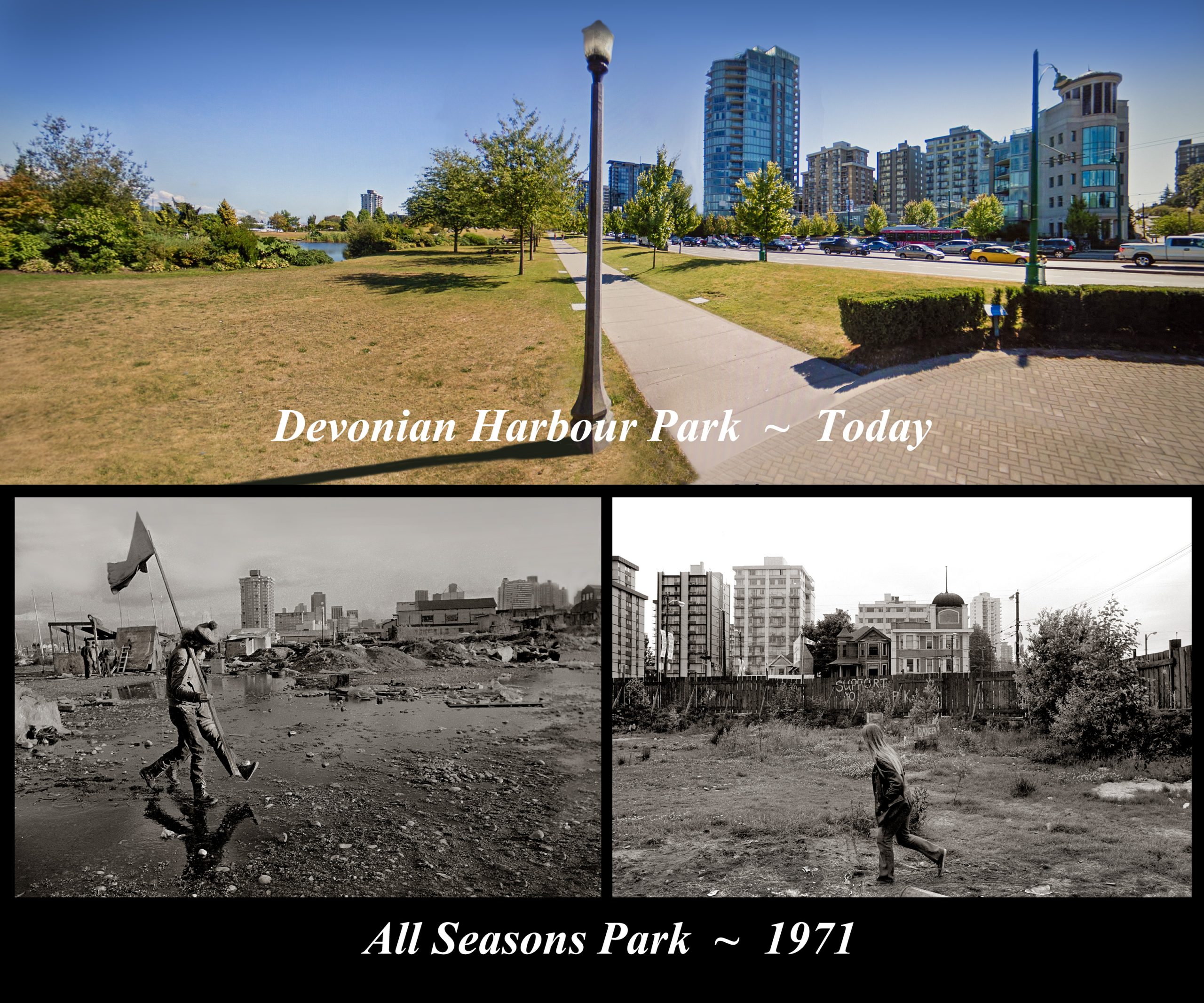
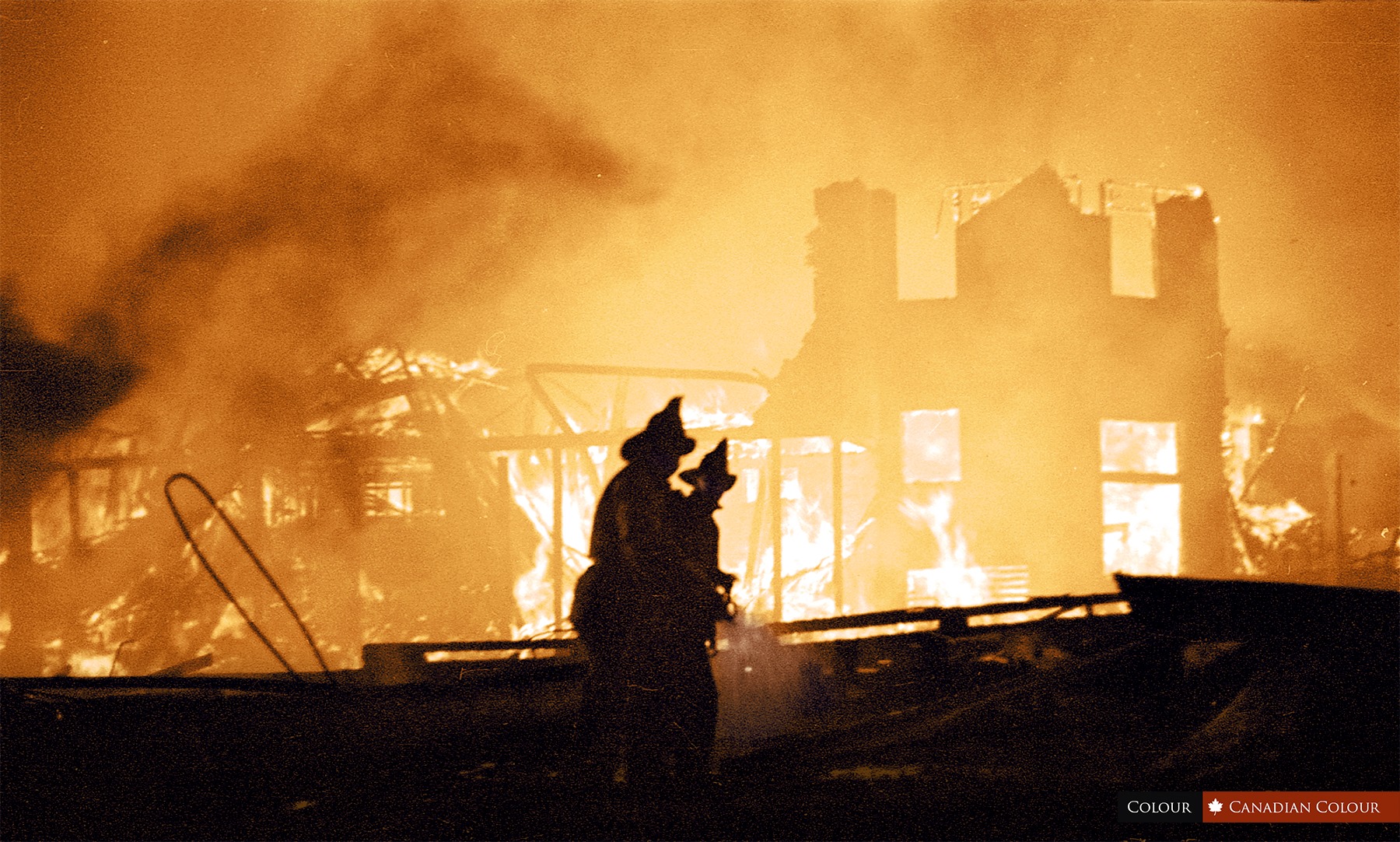
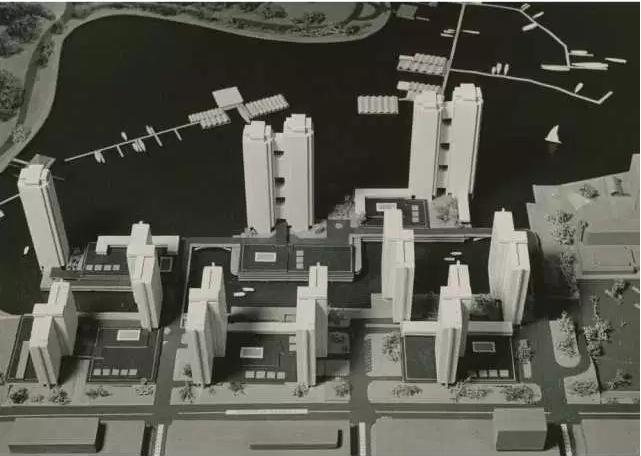
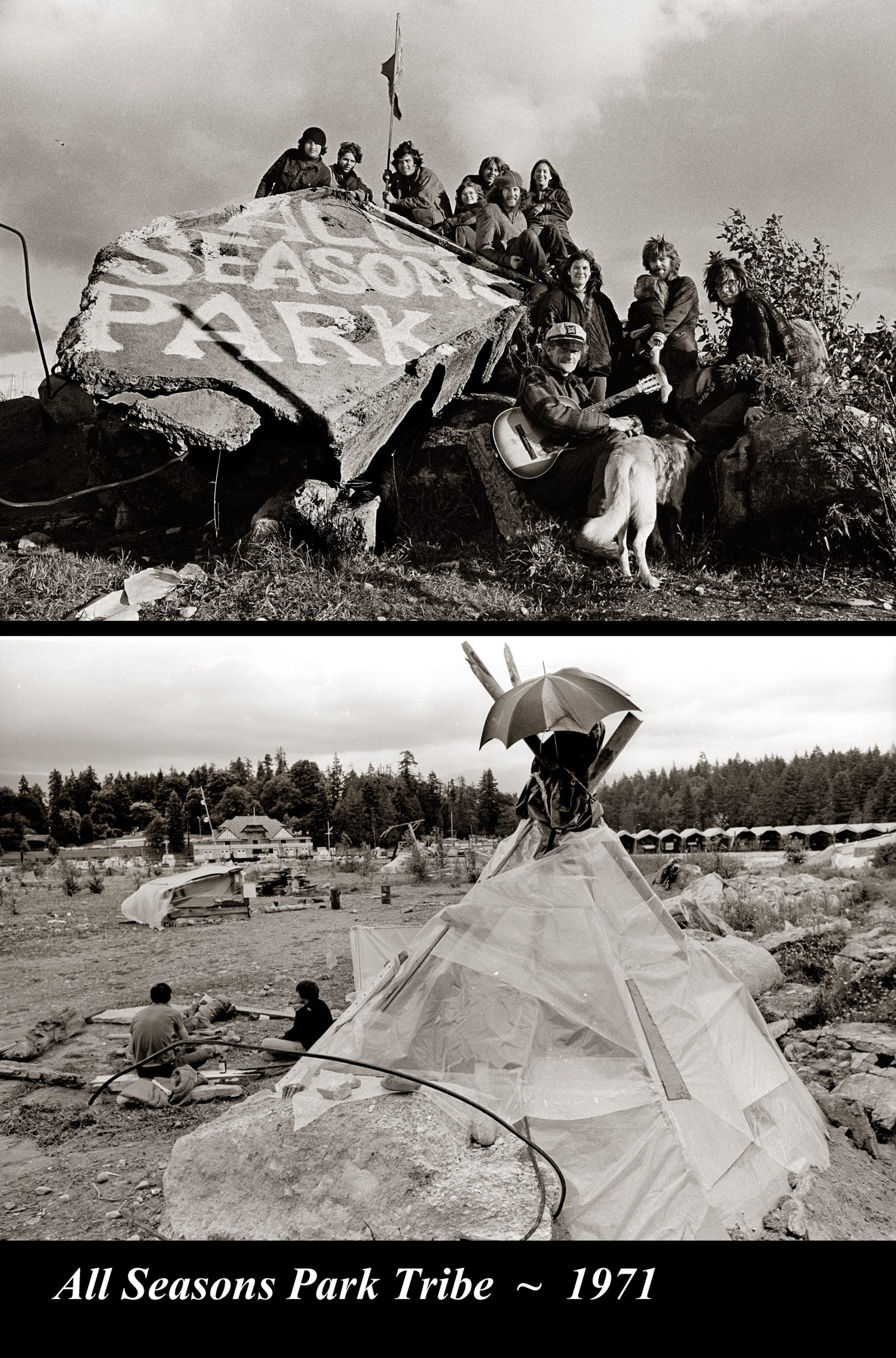
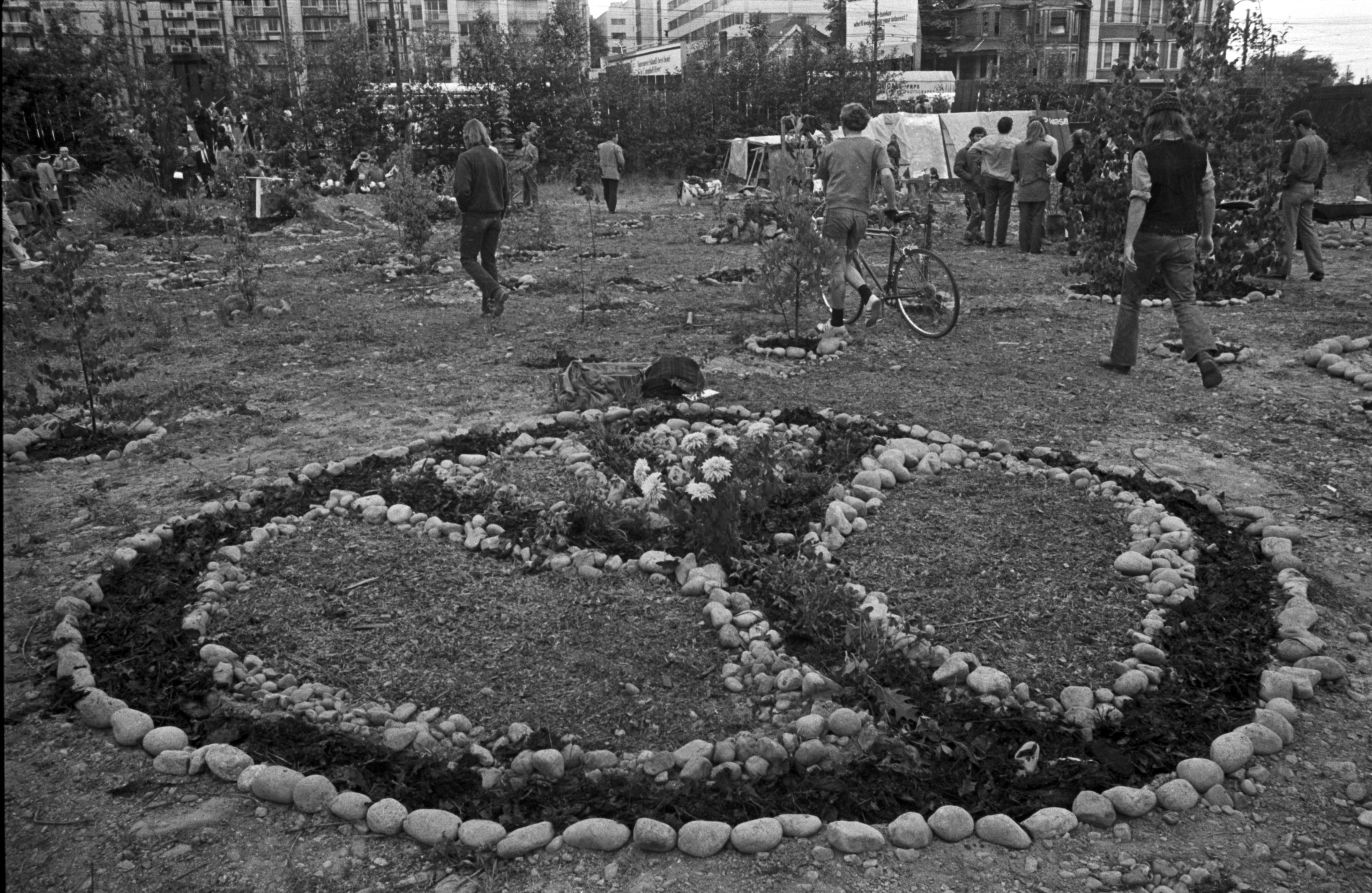
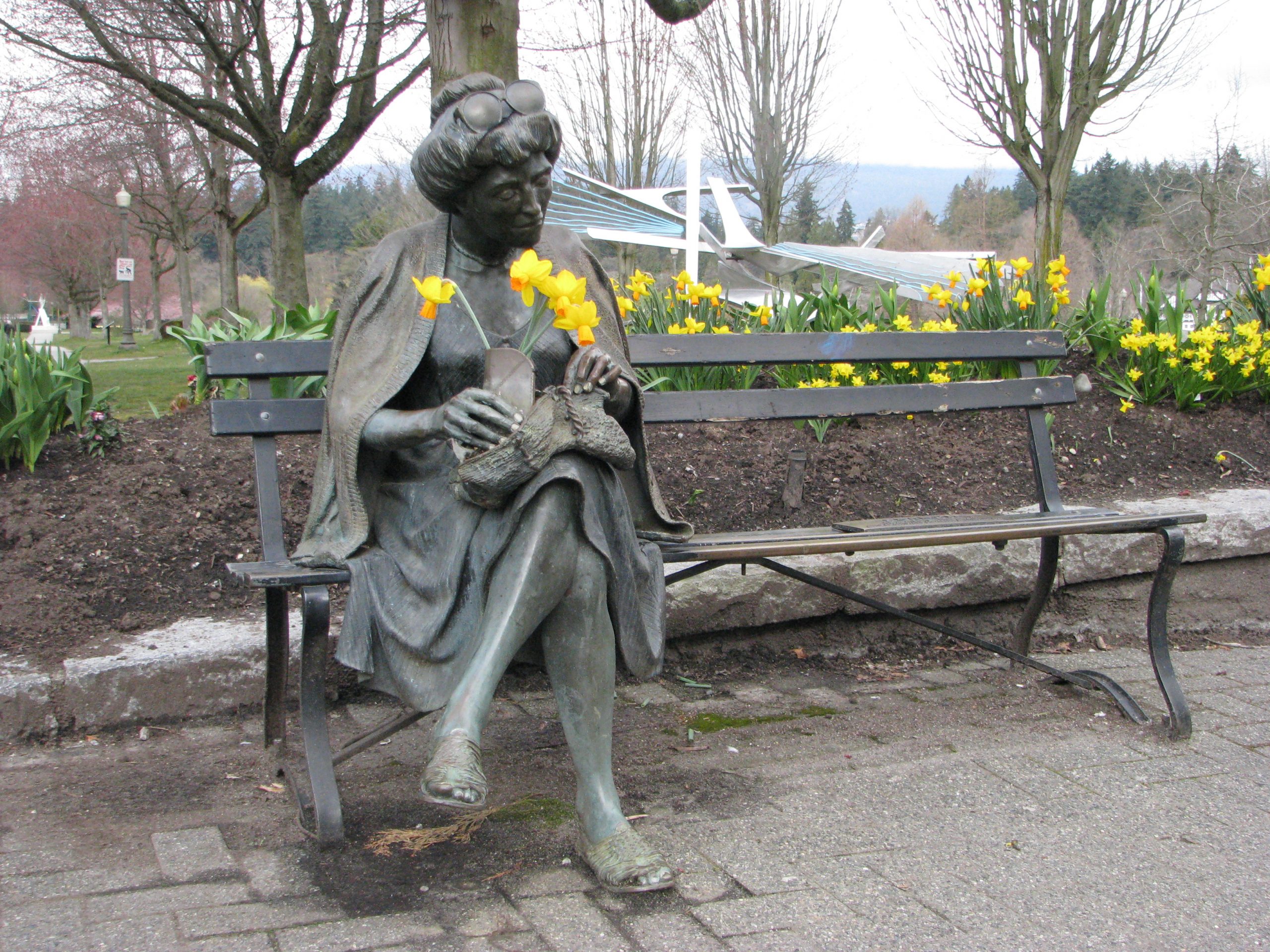

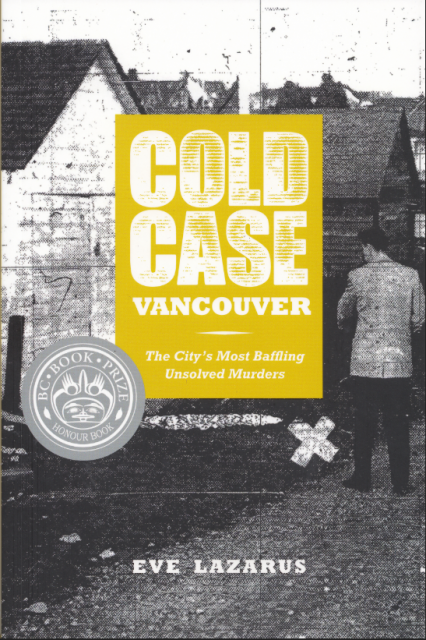
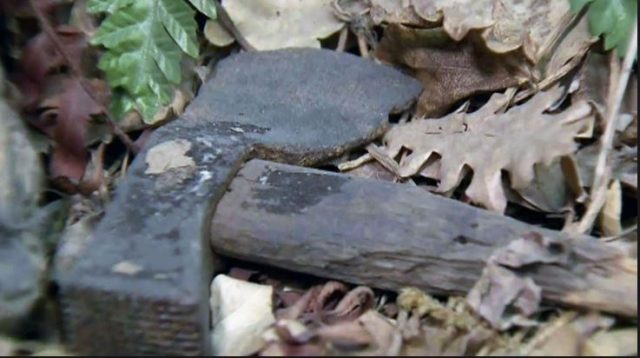
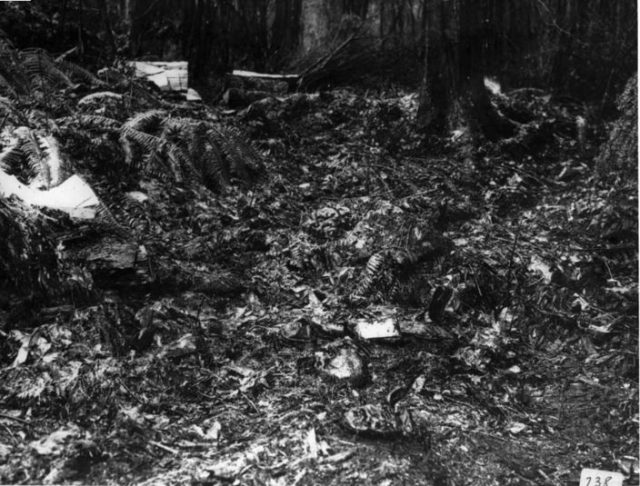

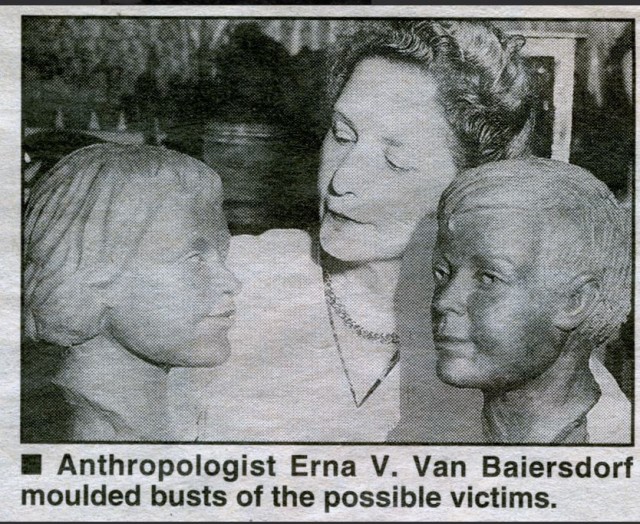
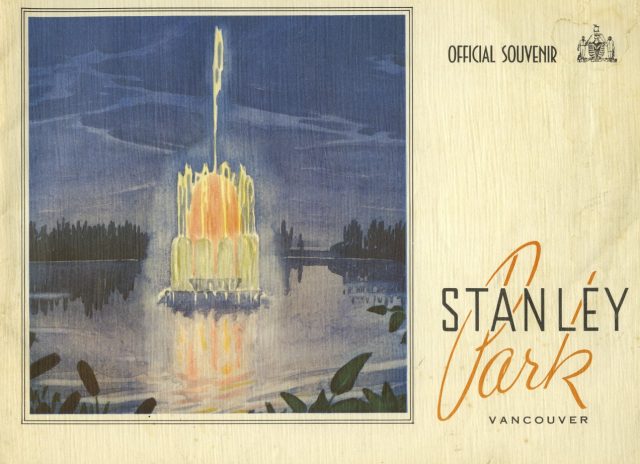

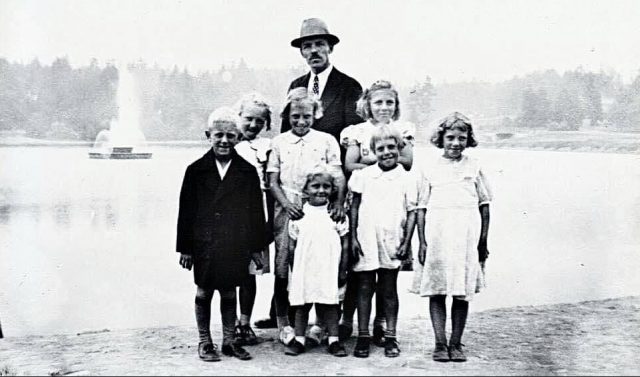
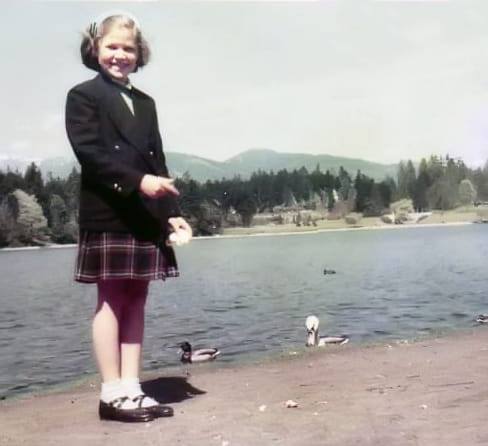
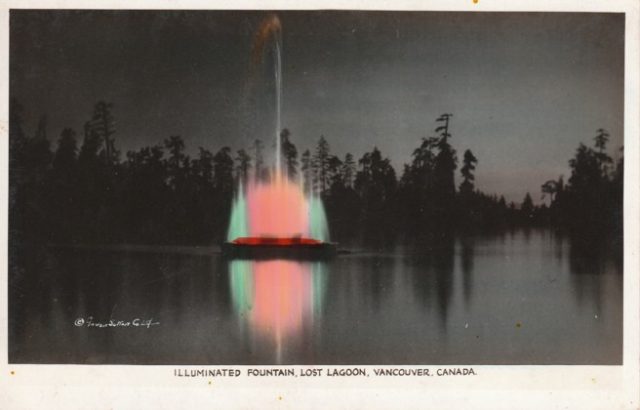
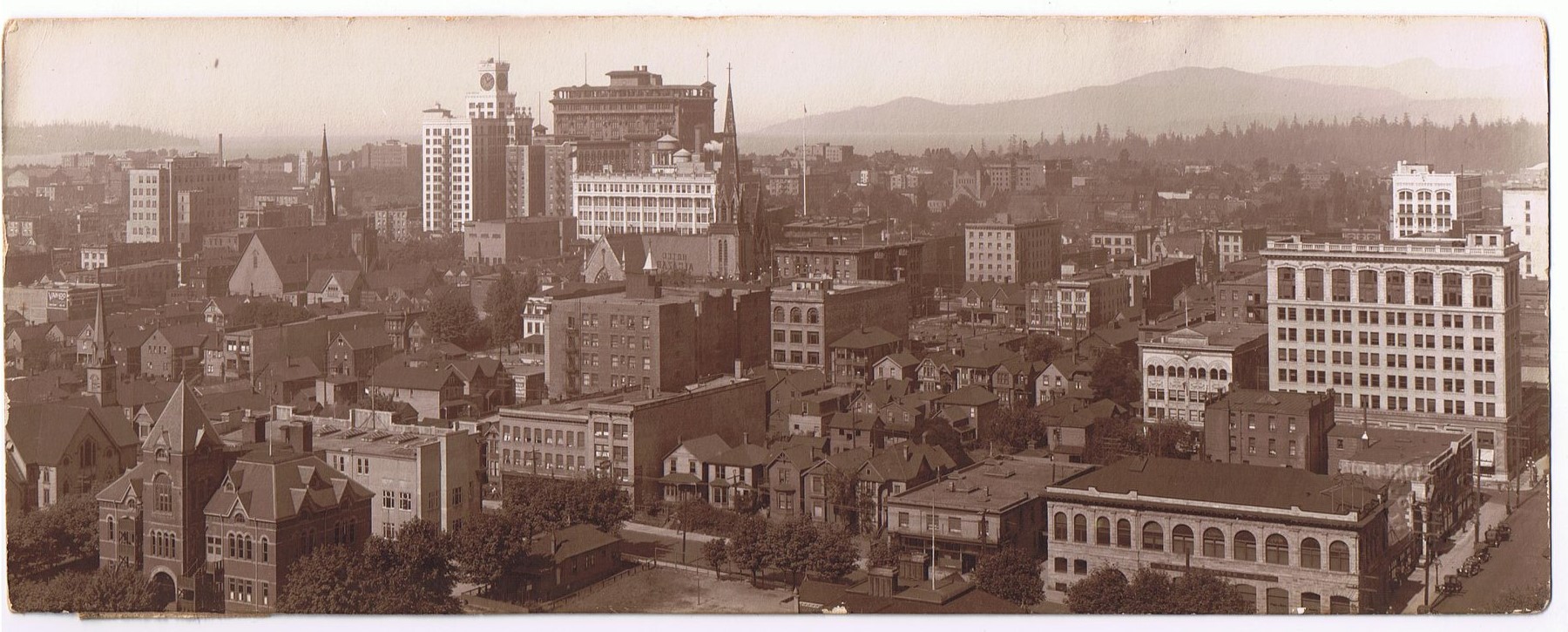
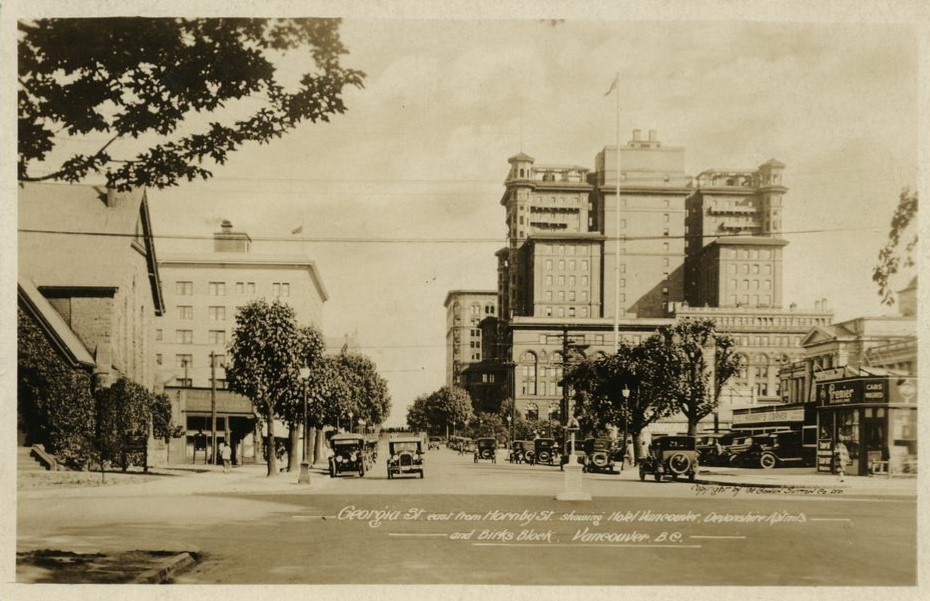
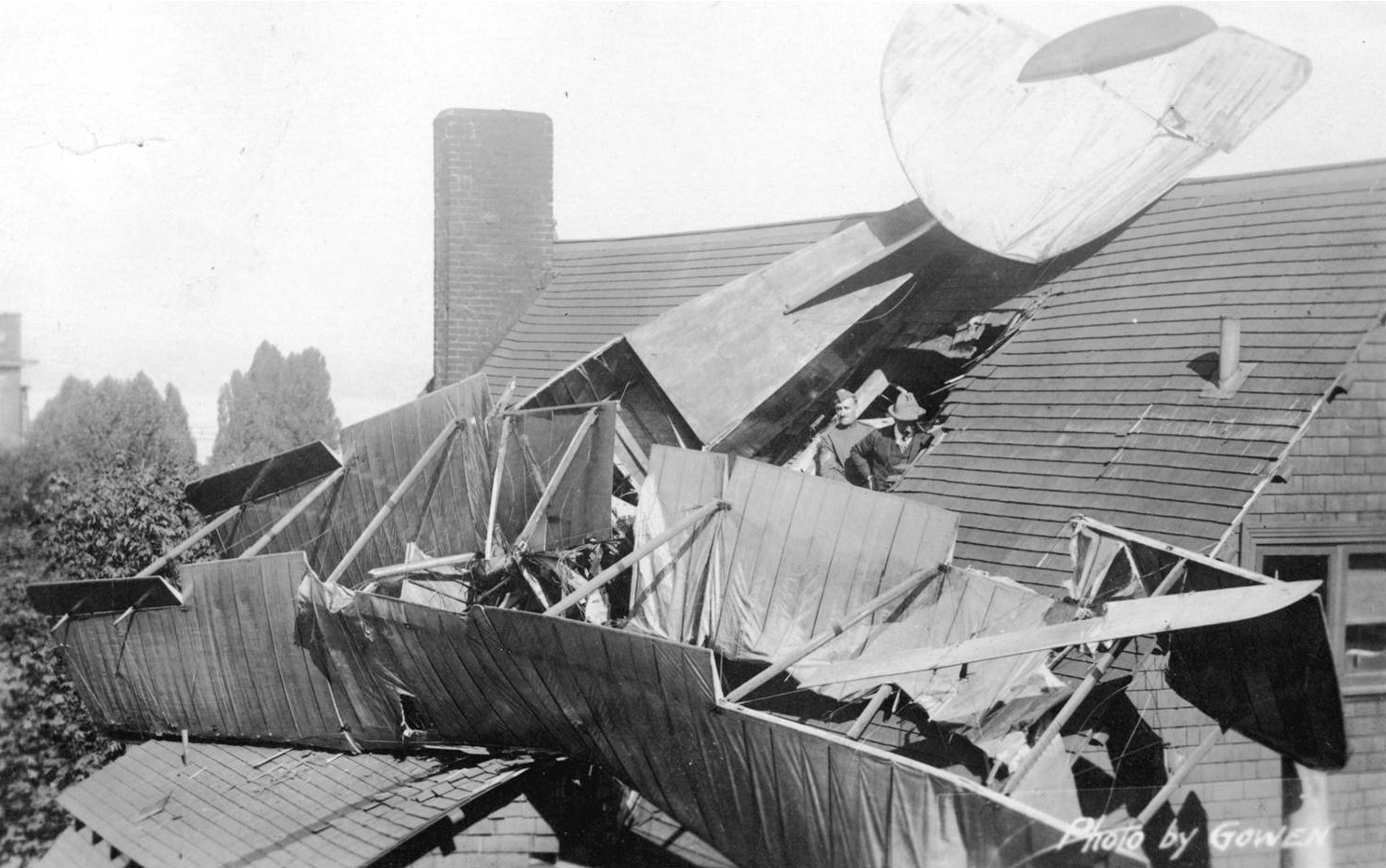


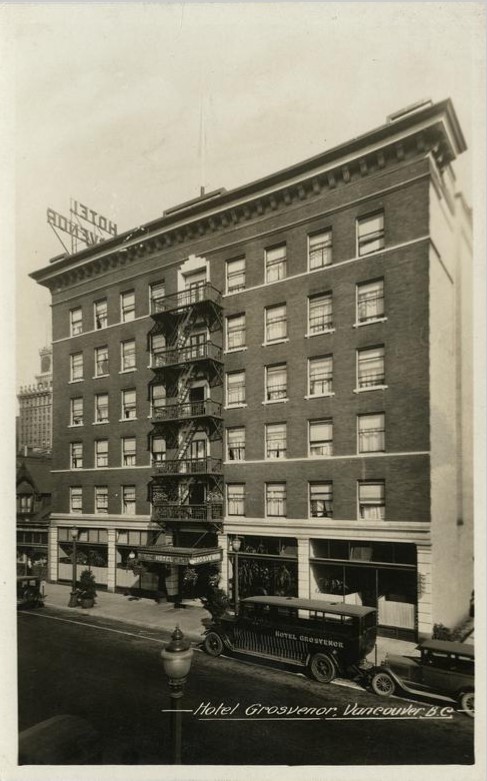
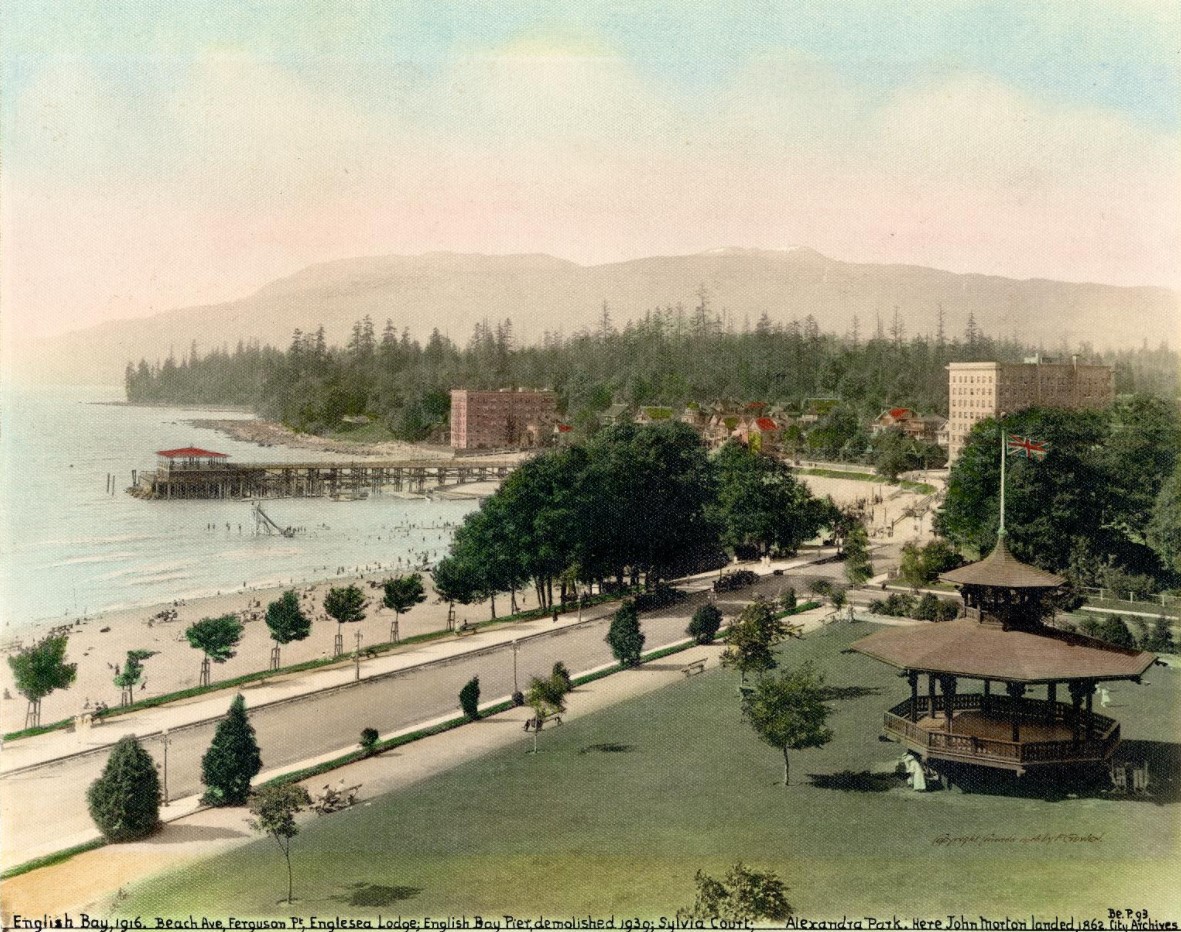
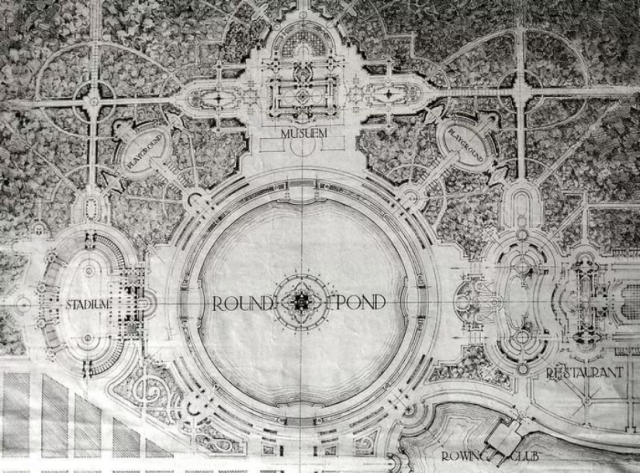
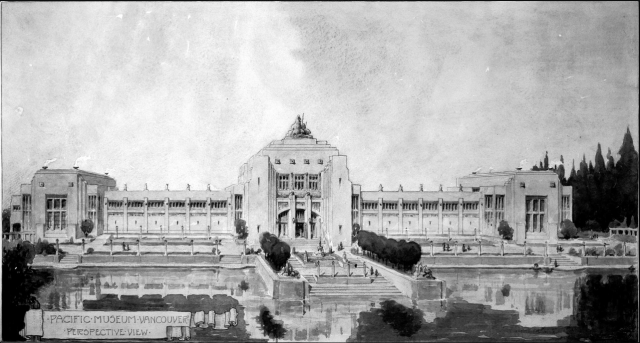
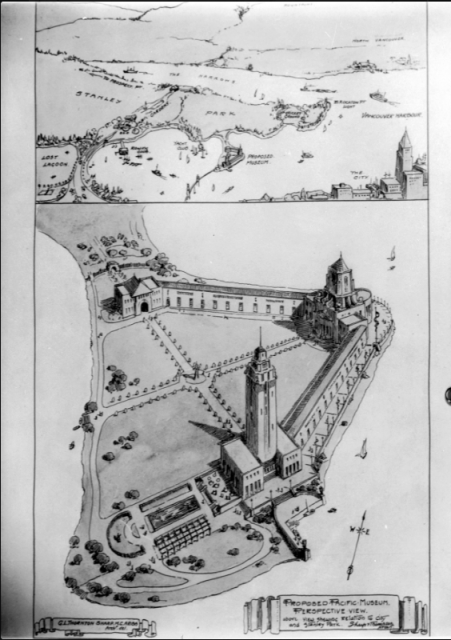
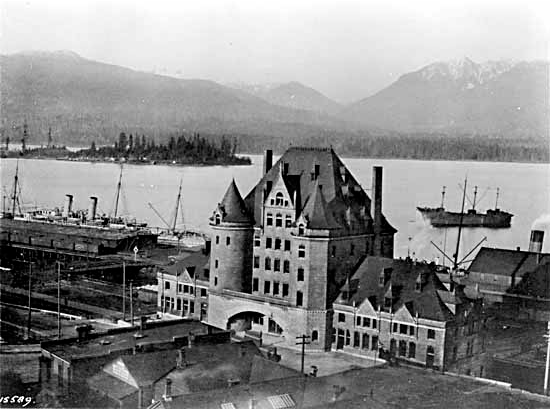
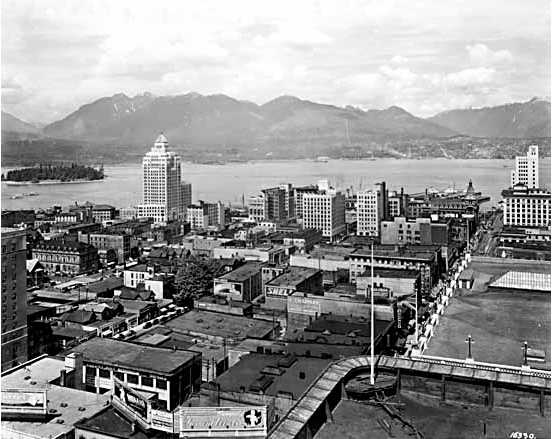
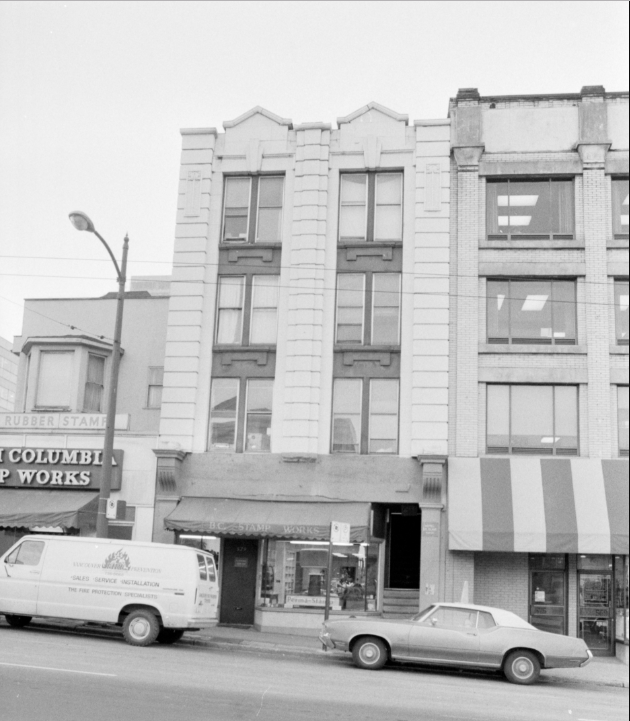
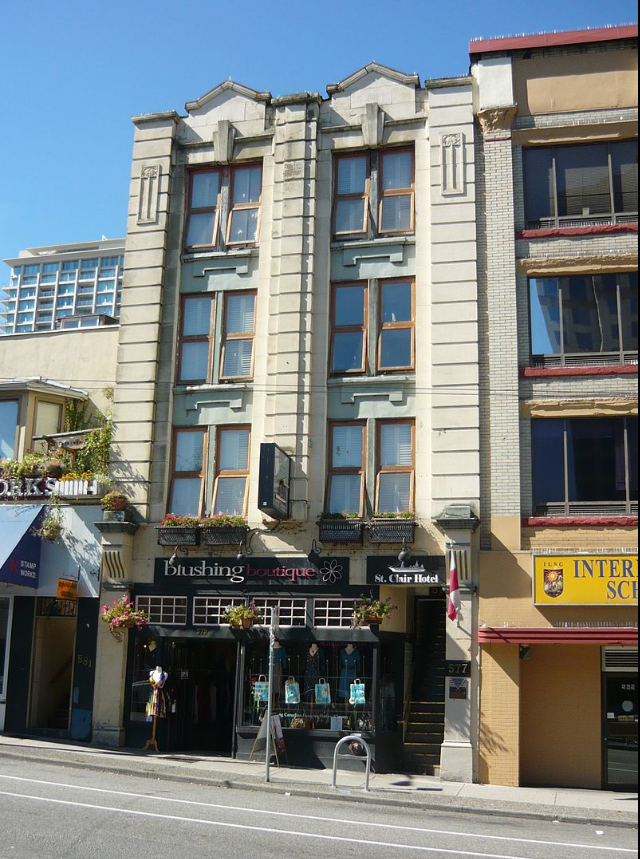 The Blushing Boutique is on the ground floor and a set of very steep stairs takes you up to the Hostel. The whole interior is designed in a nautical theme, which I guess isn’t surprising since it was designed by architect Samuel Birds for Captain Henry Pybus.
The Blushing Boutique is on the ground floor and a set of very steep stairs takes you up to the Hostel. The whole interior is designed in a nautical theme, which I guess isn’t surprising since it was designed by architect Samuel Birds for Captain Henry Pybus.